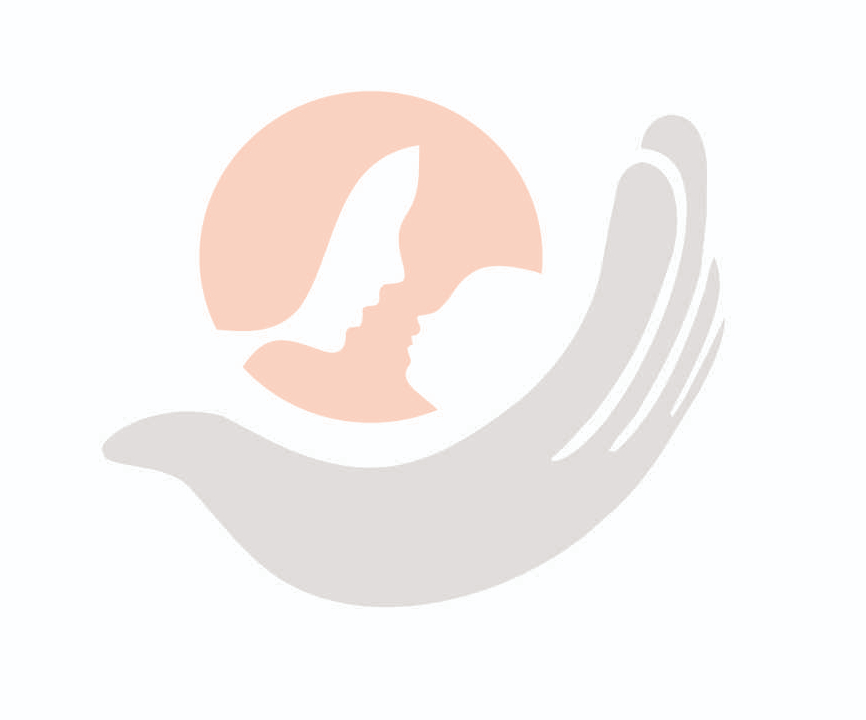+918042757020

This is your website preview.
Currently it only shows your basic business info. Start adding relevant business details such as description, images and products or services to gain your customers attention by using Boost 360 android app / iOS App / web portal.
WHAT IS A NIPPLE SHIELD Nipple shield is a bre...
WHAT IS A NIPPLE SHIELD Nipple shield is a breastfeeding device that's used in special situations. It's a very thin, soft piece of rubber or silicone that covers the areola and nipple. A small opening at the tip of the nipple area allows breast milk to flow from your breast, through the shield, and to your baby. WHEN TO USE A NIPPLE SHIELD Difficulty in latching-- A nipple shield is sometimes used to help newborns who find it difficult to latch. It may be easier for a baby to latch onto the shield than the breast. Premature babies-- Some preemies do well with a small-sized nipple shield when they are learning to latch on. It can help their little mouths latch on to the nipple which may be a bit big for them. It also takes much less of a preemie's precious energy to keep a nipple shield in their mouth. Then, as they grow, they can be weaned from the shield and begin breastfeeding directly on the bare breast. Sore or cracked nipples--A breast shield can protect sore or cracked nipples. If it's too painful to breastfeed because you have sore, cracked nipples, a nipple shield can help to make breastfeeding feel comfortable. Flat, Retracted or Inverted nipples-- Nipple shields may help to draw out flat, retracted or Inverted nipples making it easier for a baby to latch on to the breast. TIPS 1)Nipple shields are usually used as a last resort. You should only wear this device to breastfeed if you are under the care of an lactation consultant, or another person who has experience with it. If it's not worn correctly, a nipple shield could negatively affect breastfeeding. The improper use of a nipple shield could lead to a reduction in milk supply and loss of baby weight, and breast issues. 2)Nipple shields are not one size fits all. It is important to wear one that is the right size for you. A nipple shield that does not fit properly may block the flow of milk from your breasts. 3)Your child can become accustomed to breastfeeding with a nipple shield and may be unwilling or unable to nurse without it. If you need to use a nipple shield very often, you may have to wean your child from the shield. 4)Nipple shields should not be worn for the entire feeding unless your healthcare provider has instructed you to do so. Once your baby begins nursing with the shield, let the baby nurse on it for a minute or two. Then, remove it and try to get your child to latch on to your breast without it. HOW TO PUT ON A NIPPLE SHIELD To put on a nipple shield, turn the rim inside out. Place the tip (which is not inside out) over your nipple, then pull down the rim. As you pull the edges of the shield over your breast, it will draw your nipple fully into the nipple of the shield. USE OF BREAST PUMP If you believe that breast milk is the best food choice for your child, but YOU ARE NOT ABLE TO BREASTFEED or you don't want to, that's where pumping comes in. It's absolutely OK to pump your breast milk and give it to your baby in a bottle. REASONS FOR PUMPING AND BOTTLE FEEDING You may make the decision to pump before your child is born, or you may breastfeed for a while then move on to pumping as your child grows. There are many reasons you might choose to pump. 1)You have a premature baby in the hospital NICU who cannot breastfeed. 2)You are worried about your milk supply and prefer to see how much your child is getting. 3)You have to return to work or school right away. 4) Breastfeeding is very painful but you can tolerate pumping. 5)You have twins or triplets or more! 6)You simply do not want to breastfeed. To continue-------+

